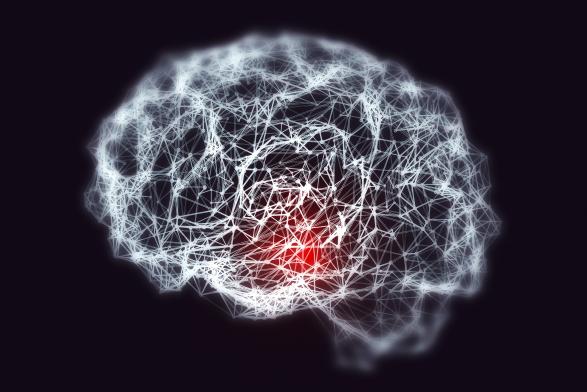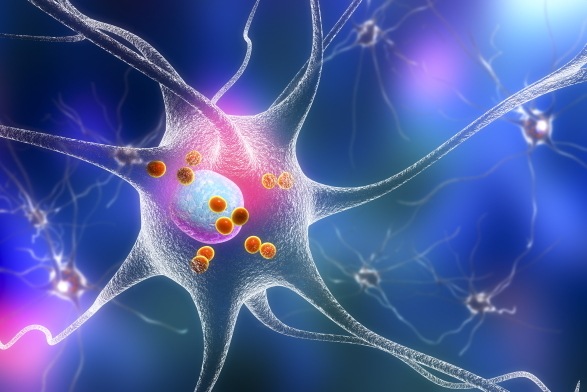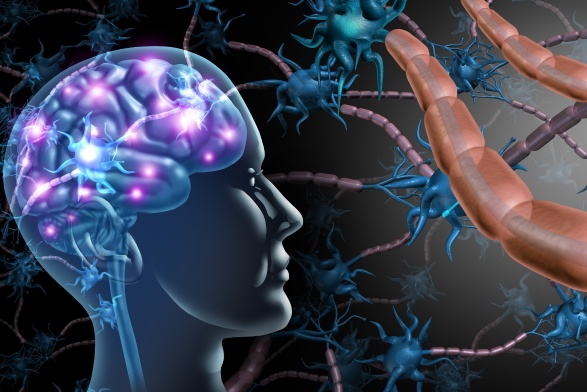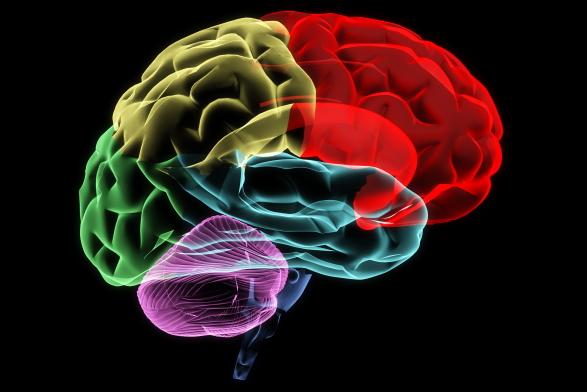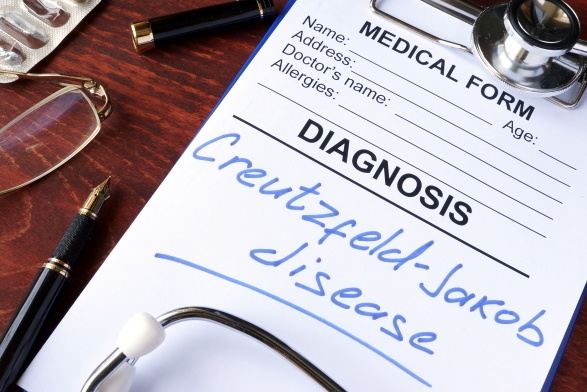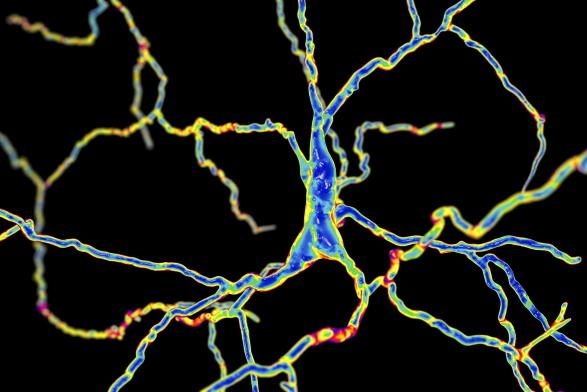Types of Dementia
Contrary to popular belief, there are several types of dementia: it's not a single disease. Dementia is a broad term used for a specific set of conditions and diseases that are characterized by a decline in problem-solving, language, and — most notably — memory.
Dementia can also affect an individual's ability to complete normal, everyday activities. While Alzheimer's disease is the most common type of dementia, there are several other types. The following information provides a brief overview of the different types of dementia.
As the most common type of dementia, anywhere from 60% up to 80% of cases are the result of Alzheimer’s — according to the Alzheimer's Association. Seniors have a higher likelihood of developing Alzheimer's. In contrast, only 5% of Alzheimer's cases are early onset or occur in those in their 40s or 50s. This irreversible, progressive brain disorder slowly deteriorates thinking and memory skills, eventually causing the individual to be unable to carry out simple tasks.
Lewy body dementia (LBD) or dementia with Lewy bodies is typically associated with abnormal deposits of alpha-synuclein brain protein. These deposits — Lewy bodies — interrupt chemical messages in the brain, which can lead to problems with mood, movement, behavior, and thinking. Individuals with LBD may share similar symptoms as those with Alzheimer's and Parkinson's.

Frontotemporal dementia is a moniker that is used to group several types of dementia that affect the side and front parts of the brain. These areas are responsible for controlling behavior and language. Also known as Pick's disease, frontotemporal dementia can impact individuals as young as 45. Two examples include Frontal Lobe dementia and primary progressive aphasia.
Wernicke-Korsakoff syndrome (WKS), is a neurological disorder caused by a substantial Vitamin B Thiamine deficiency, which can cause lower sections of the brain to bleed. Vitamin B plays a critical role in metabolizing glucose to create energy for the brain. WKS can result in loss of muscle coordination, double vision, and other physical symptoms. At some point, the physical symptoms of Wernicke's disease end, and then the signs of Korsakoff syndrome will appear. These symptoms often include complications learning new skills, processing information, remembering things, and other dementia-like symptoms.
Normal pressure hydrocephalus (NPH) is a condition highlighted by the accumulation of cerebrospinal fluid that causes the brain's ventricles to enlarge. The ventricles are fluid-filled spaces used to cushion the spinal cord and brain. They rely on a precise amount of fluid to function properly. If this fluid builds up excessively, it places additional pressure on the brain, which can lead to dementia like symptoms. An estimated 5% of all cases of dementia are the result of normal pressure hydrocephalus according to Johns Hopkins Medicine.
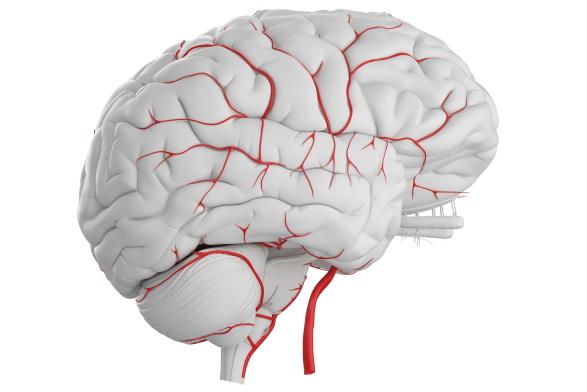
Vascular dementia is the second most common type of dementia. This condition is the result of the blood flow to the brain being restricted. Vascular dementia can be related to stroke or atherosclerotic disease and tends to occur with age. The symptoms of this disease can begin suddenly or appear over time based on the underlying cause. The most common early signs are disorientation and confusion; while concentration problems or complications completing tasks can appear in the later stages.
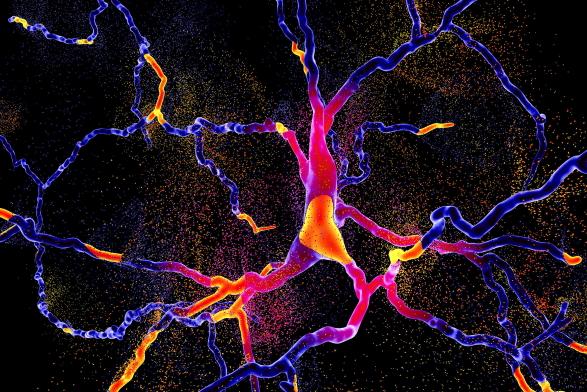
Parkinson's disease is a progressive disorder of the nervous system that may affect movement. Many people who have advanced Parkinson's develop dementia. Some of the earliest signs of Parkinson’s may be barely noticeable tremors in one hand. Although tremors are common, Parkinson's can also cause slowing movement or stiffness.
As one of the rarest forms of dementia, Creutzfeldt-Jakob disease (CJD) is a fatal degenerative brain disorder. The Alzheimer's Association suggest only 1 in 1 million people are diagnosed with this disease annually. Early symptoms can include visual disturbances, behavioral changes, poor coordination, and memory problems. Later symptoms include dementia, blindness, coma, weakness, and involuntary movements.
Mixed dementia explains the diagnosis that is made when the individual suffers from more than one type of dementia. The most common type of mixed dementia is Alzheimer's and vascular dementia. Because of the complexities of mixed dementia, the symptoms can vary.
As a genetic disease, Huntington's disease is fatal and results in the degeneration of the brain's nerve cells. Two different types of Huntington's disease exist: juvenile and adult onset. The juvenile type of Huntington's disease is rare and can cause symptoms to appear in an individual's childhood or adolescence. On the other hand, the adult form can first cause symptoms to appear when they are in their 30s or 40s. It deteriorates a person's mental and physical abilities — typically during their prime working years.
Post cortical atrophy (PCA) — also recognized as Benson's syndrome — is a very rare, visual type of dementia and Alzheimer's disease. It typically affects the back part of the brain that is responsible for spelling, spatial perception, complex visual processing, and calculation.
Contact Long Island Alzheimer's and Dementia Center
At Long Island Alzheimer's & Dementia Center, we help families impacted by Alzheimer's and other forms of dementia. We offer a range of hands-on solutions based on stimulating programs and providing respite for caregivers.
Contact us today to learn more about our services and solutions.

